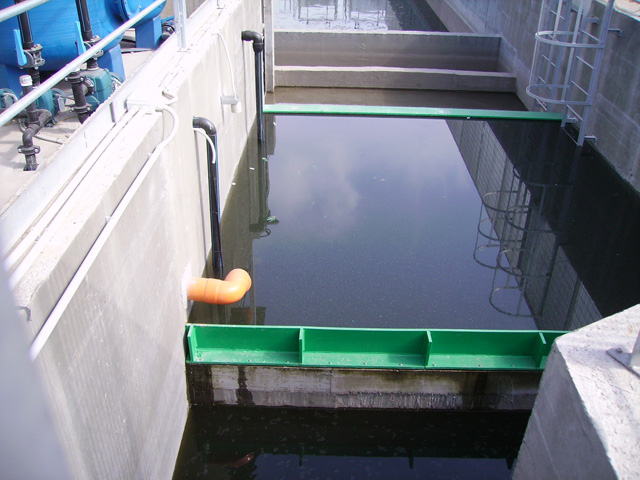
Causes of water pollution
Water pollution is an alteration of ecosystems that have water as a fundamental component.
It is caused by many different factors, such as discharges from industrial activities and the normal human activities that come into rivers, lakes and seas.
The type of alteration of water systems can be chemical, physical or microbiological and the consequences can jeopardize the health of flora and fauna involved, up to men, damaging the ecological system and potable water supplies. And to consider also the discharge of waters at temperatures very different from that of the environment coming from the cooling systems of energy facilities and industries. The pollution by agricultural runoff causes eutrophication where the phosphates and nitrates released feed algae, dying, they consume oxygen.
Classification of pollutants to waters
Water used in the domestic, industrial, agricultural and farming often contains substances that alter the ecosystem, they can not be discharged directly into waterways, as would contribute to pollute surface waters (except telluric) and soil.
The most common water pollutants are:
Fecal pollutants: are derived from animal manure and food waste. Under aerobic conditions consume O2 to form CO2, NO3-, PO34-, SO2, while under anaerobic conditions form CH4, NH3, H2S, PH3. If there is a strong type of fecal pollution, you can have the presence of pathogenic microorganisms in the water (typhoid, cholera, hepatitis, etc..).
Inorganic toxic substances : are constituted by the ions of heavy metals (such as Cr6 +, Hg2 +, Cd2 +, Cu2 +, CN-) that can block the catalytic action of the enzymes of the organism by determining poisonings or death . The industries that use these metals in their work, before discharging water must eliminate them with their treatment plants.
Harmful inorganic substances: are made from phosphates and phosphates in fertilizers, detergents, and nitrogen and phosphorus compounds in some industrial discharges. These cause eutrophication, which is a huge development of aquatic flora that largely died on bottom and decompose, therefore consuming considerable amounts of oxygen. When in the water mass is determined by a deficiency of oxygen, they begin to release the products of anaerobic decomposition resulting in the death of the animal by asphyxiation. The water course so becomes turbid by limiting light penetration in depth, further worsening the situation.
No natural organic substances: such as herbicides, pesticides, insecticides, but they can bring benefits to agriculture pollute the water and the soil. Also there are the organic solvents used by industries (such as acetone, trichlorethylene, benzene, toluene, etc..) That must be eliminated before downloading the water in the courses.
Oils free and emulsifiers: are insoluble and because of their low density, stratify in the surface, creating of the films oleaginous that prevent oxygen from solubilizzarsi in the water. It is a widespread phenomenon and causes real ecological disaster against which it is very difficult to intervene.
Suspended solids: are substances of various nature that make turbid the water and intercept the solar light. Also, once deposited on the bottom, prevent the development of the vegetation.
Heat, acids and strong bases: mostly due to industrial effluents, can decrease the solubility of O2 and alter temperature and pH of the resulting pathological changes or disappearance of some species or even the development of other normally absent.
The water, under normal conditions, is able to autodepurarsi thanks to a certain amount of dissolved oxygen (the solubility of O2 in water is 9 ppm at 20 ° C with pressure equal to 1 atm), which transforms the substances, thanks to the aerobic decomposition (oxidation), in compounds not pollutants (such as carbon dioxide, nitrates, phosphates, sulfates). If the dissolved oxygen in water is not sufficient to oxidize all the polluting substances present, products are formed such as methane, ammonia, the phosphine-PH3-, hydrogen sulphide that make disappear every form of life in the water.
Prevention
In order to prevent the various forms of pollution is necessary to reduce upstream the emission of contaminants optimizing the processes of production and using less toxic products. Fundamentals are the various techniques of purification and treatment of sewage and waste water affecting the matrix. In order to protect the environment and public health bodies have the task of controlling emissions and water quality, especially when used directly or indirectly for human food.
Statement
Water pollution has been subject to numerous regulations that have evolved over the years, especially thanks to European Union directives. Today the applicable provisions are contained in Legislative Decree 152/06, known as the Consolidated Environmental.
